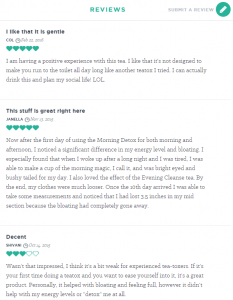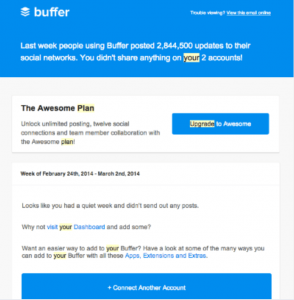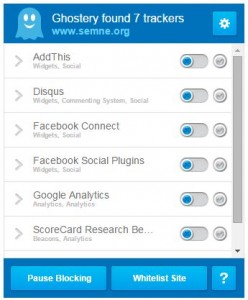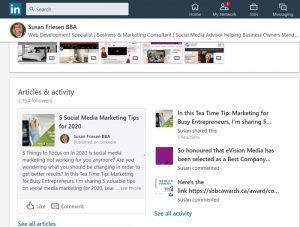by Laurie Sullivan, Staff Writer @lauriesullivan, October 6, 2016
Google dominates the first-page U.S. search layout with Knowledge Graph, Carousels, Shopping Ads, Map and other media that continue to impact brands. A study released Thursday provides marketers with tips and alternative strategies to target content.
Searchmetrics analyzed the first page of the U.S. search query results for approximately 500,000 frequently Googled search terms to provide an explanations about the type of content that appears in the boxes and how content gets included.
Since these boxes — Universal or Extended Search — appearing on the first page of Google search results are algorithmically generated and filled with content like maps, videos, product listing ads (PLAs), and by promotional advertisements. The white paper, Universal & Extended Search Study 2016, provides insights on how brands can get content into those boxes or on the first page of query results.
For starters, in nearly one in every 10 smartphone searches, Google integrates at least one App Pack box suggesting one or more apps that are relevant to the search term. If the searcher clicks on a suggestion, the link takes them to the App Store to download it.
Interestingly, it represents an opportunity to attract downloads and to transport searchers into the closed environment of the app, according to the white paper. Searchmetrics reports that the number and frequency of app downloads and positive evaluations of the app play an important role as to whether Google chooses to include an app in the suggestions box.
There’s also a difference between Google’ smartphone and desktop results. For example, per the white paper, 34% of desktop results include at least one image box compared with only 14.4% for smartphones, which also include more Google Maps and Twitter Cards and fewer PLAs.
Searchmetrics also points to Knowledge Graph boxes as an opportunity for “known brands,” with one in five search results featuring at least one box. These search queries usually relate to a person, a place, or another known entity. The white paper suggests adding logos and images, address, contact numbers, profiles in social networks, and more.
For some queries, Google tries to serve up a direct answer. Searchmetrics found that these boxes provide an opportunity to drive traffic to a Web site. Google shows Direct Answer boxes for 11% of desktop results and 4% of smartphone results, according to the findings.
These boxes appear when the search engine senses — usually through the words “How” or “What” — that searchers are asking a question. These boxes are positioned above the organic results. Content appearing in these boxes needs to reside on high-authority sites and to be well written, clearly ordered, and structured using specific Web code that helps Google understand it.
And since the vast majority of videos in search results on Google serve up from YouTube it makes sense to have a YouTube channel. The white paper suggests creating a thumbnail with a title describing the purpose and tagged.
You can download a copy of the white paper here.
MediaPost.com: Search Marketing Daily
(60)
Report Post






